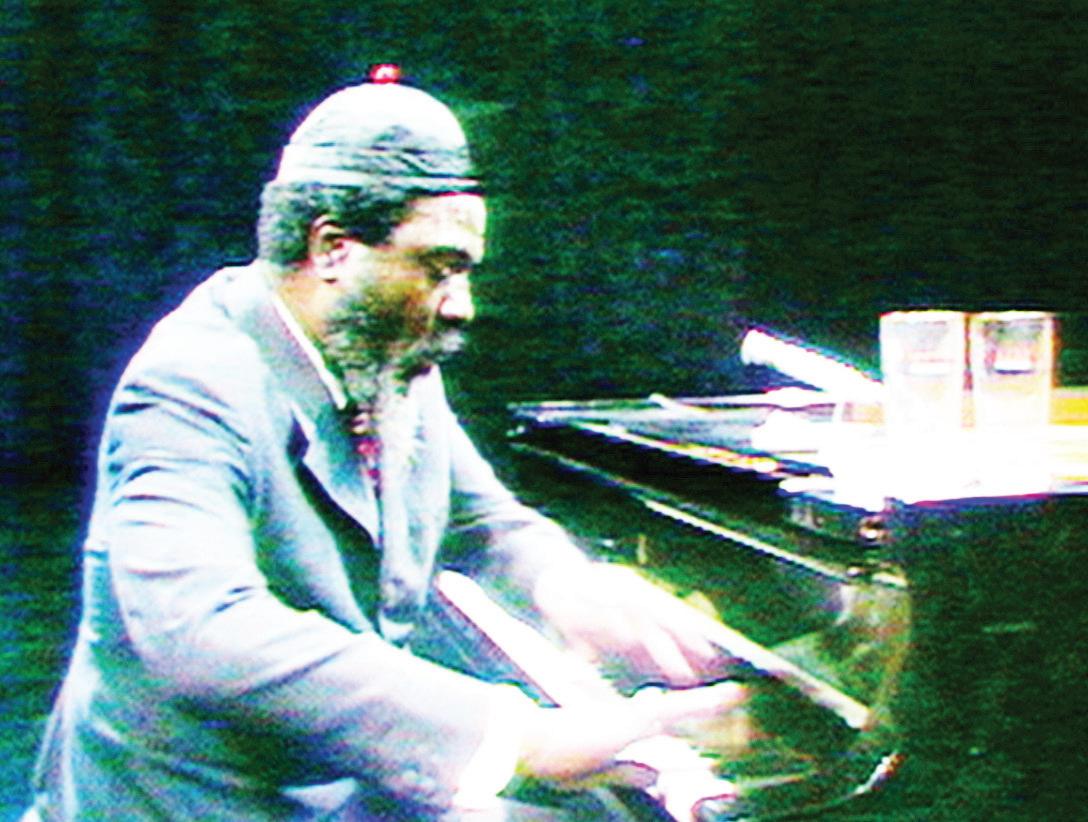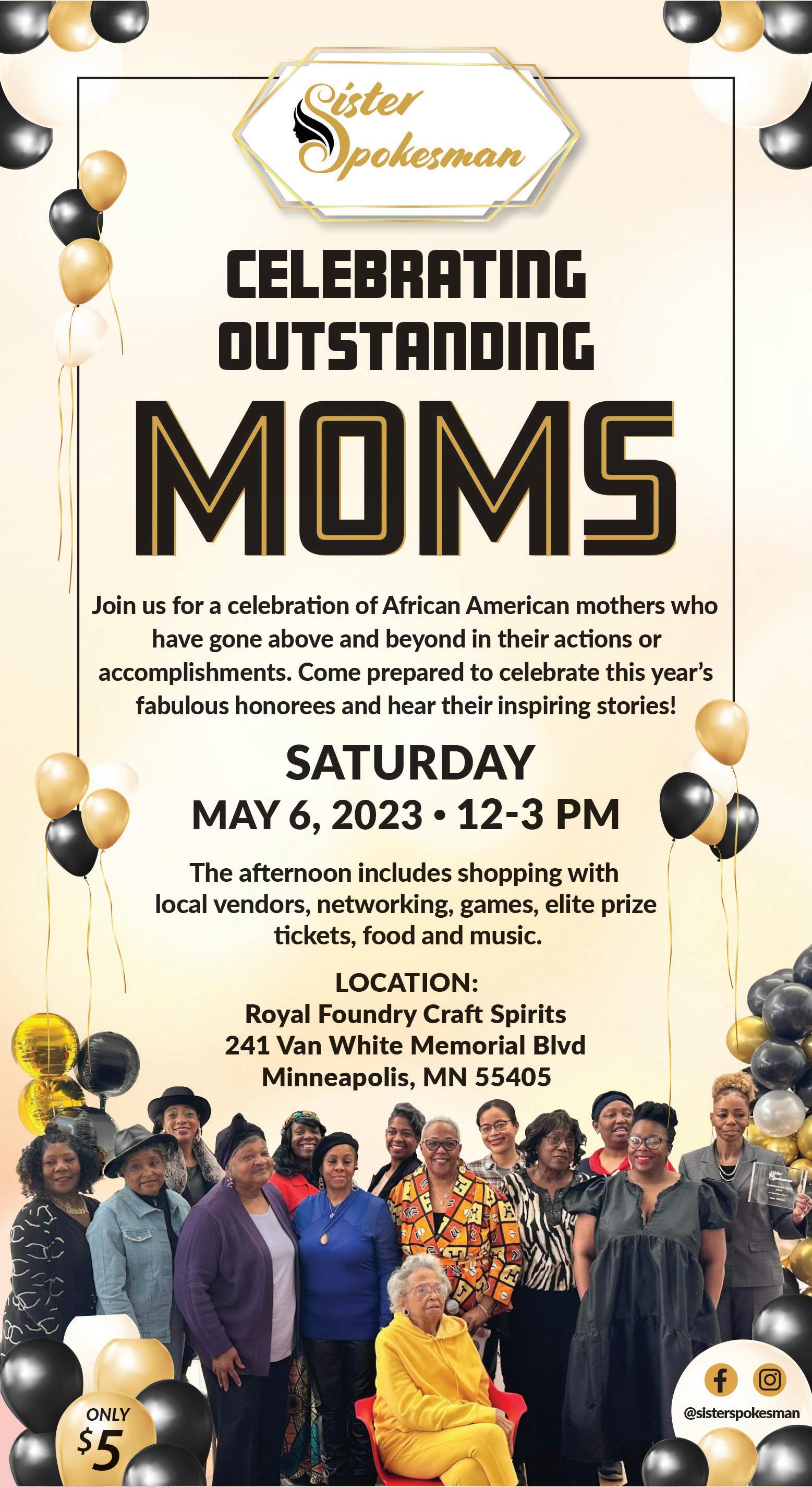
1 minute read
Arts & Culture ‘Rewind & Play’: Monk documentary tackles art and manipulation
By Nadine Matthews
Contributing Writer
In a recent interview with the Minnesota Spokesman-Recorder, French-Senegalese filmmaker Alain Gomis stated that when he came across footage of jazz legend Thelonious Monk from a 1969 filming of the French TV show “Jazz Portraits,” he had mixed feelings about it.
On one hand, he immediately wanted to share it. On the other, he said he felt parts of the footage could induce feelings of revulsion. He explains, “It was stunning to see a living example of what could happen for an African American artist at the time—this kind of confrontation with the media.” Ultimately though, he eventually used the footage and made the documentary “Rewind & Play.”
Gomis, when he first heard Monk’s music as a student, became curious about the art and the artist behind it. “I was intrigued, and I kept coming back to it,” Gomis explained. “He was the kind of man who makes you more and more curious.”
The setup for “Jazz Portraits” was simple. There was Monk and the show’s host, White bebop pianist Henri Renaud. There were two cameras and a grand piano.
“Rewind & Play,” the last film in the annual AfroPop film festival on WORLDChannel, aired on May 1 and on WORLDChannel’s YouTube channel thereafter. It’s told in the same straightforward manner as the source material.
There are no talking heads, no appearances by family members or friends, and except for a bit of footage of Monk and his wife in France and of Monk’s apartment in New York, minuscule archival footage and photographs.
Gomis explained, “I wanted it to be an immersive experience. You can tell so much by not trying to explain what you should feel or understand.”

Indeed, the documentary ends up having a more powerful impact by leaving the “Jazz Portraits” footage to speak for itself. Most of “Rewind & Play” is extraordinary in the ways that one
Leslie Parker Dance Project’s Divination Tools: imagine home
May 11–13 GET TICKETS

St. Paul–based choreographer Leslie Parker leads a powerful collective of Black visual artists, musicians, and femme dance artists in a liberating world premiere performance.










